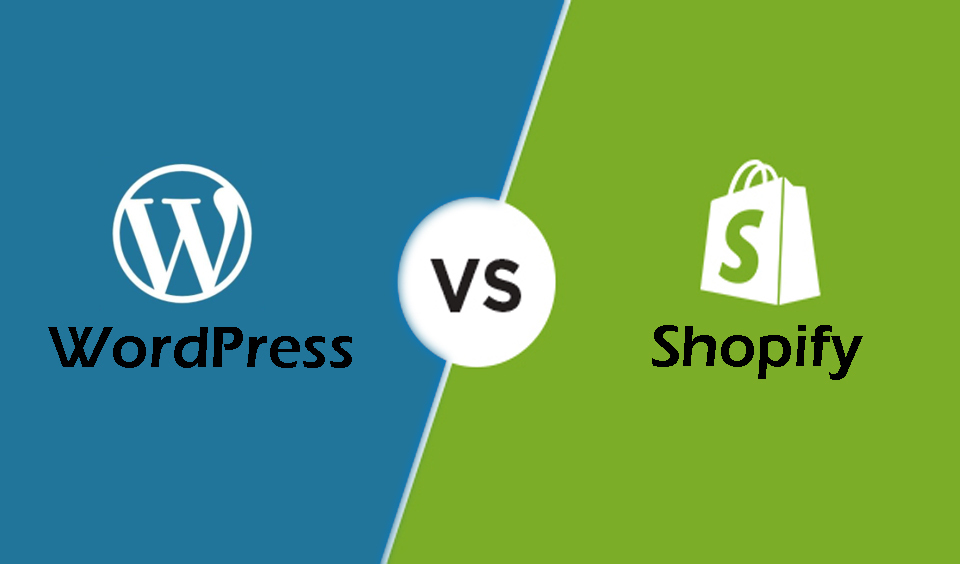"Accessibility refers to the design of products, devices, services, or environments for people who experience disabilities" - this is the definition of the word 'Accessibility', but what does that same word mean when we are talking about websites and the internet? To put it in simple words you can say that website accessibility is providing better access to online resources to people with disabilities. Accessibility, however, doesn't end there. When we are referring to a site that is more accessible we are referring to the user experience, the metadata and many aspects that are fundamental to web development in general. This is connected to the functionality of the site:
- is it well navigated
- does it work on all devices, as well as to the additional data for the site
- do the images have an alternative tag
- is the site optimized for machines, etc.
As you can see there are many fields we can look into when we are referring to accessibility. But why does it matter? Why should a site be more accessible?
In general, there are many reasons why your site should be accessible. The first one relates to the help that many people with visual impairment disability, hand motor function and other issues get. People that rely on certain types of software which help them navigate the web, such as screen reading programs (text to speech), software for converting text to braille, eye movement trackers and many more that depend on that optimization.
The second reason why you might want to optimize your site for accessibility is for SEO. Accessibility and SEO overlap in many aspects such as video transcriptions, header tags, image alt attributes and many more that are actually needed for a good search engine optimization.
So not only you are helping other people browse your site but optimizing it for better ranking in the search engines as well!
So, how can we make our site more accessible? Let’s explore a few simple ways:
- Image alt tags. Our images should have an alternative tag, which helps Google see them better, as well as assists machines to read it better. An example would be a screen reading software that transforms text to speech, this software cannot recognize images but reads their alternative tags. In conclusion, we can say that having a descriptive alternative tag is definitely useful.
- Video captions. Using captions in the videos on our site is also not only useful for people with hearing impairment but also for the Google bots that will crawl through the video and identify the information they're using the text in the caption.
- Design colours. Having thoughtfully chosen colours can not only be beneficial for the overall user experience but also be useful for colour blind users. Having this in mind when designing your site is a great idea.
- Do not use tables unless absolutely needed for showing tabular data.
- Create your content with accessibility in mind.
Aside from Google, other search engines have confirmed as well that the better the user experience is the higher will be the effect over the ranking in the search engines. So when you are creating your content keep accessibility in mind as it is beneficial for you and your visitors.
If you ever have any questions for how to properly optimize your site for accessibility or have any troubles, in general, let us know. We are always happy to help!




